If you’ve shopped around for any cordless appliance, you’ve probably found many that have a lithium-ion battery and a few that have a nickel-cadmium or a nickel-metal hydride battery. Lithium-ion batteries are the power source of choice for many manufacturers of appliances, power tools and electronic devices, including vacuums, cell phones, and laptops. Find out what makes lithium-ion batteries so popular and why the cordless appliances you buy should have one.
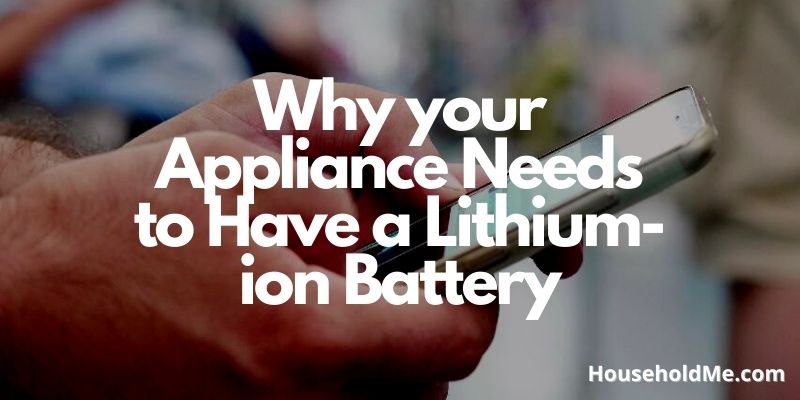
How Do Batteries Work?
Lithium-ion, nickel-cadmium, and nickel-metal hydride batteries are all rechargeable batteries. Before you can understand how a rechargeable lithium-ion battery works, you need to know how batteries work in general.
A simple battery cell consists of three components to create a complete circuit. The first part of a battery is the cathode. The cathode, or positive side, receives the electrons that are released by the second component, which is the anode, or negative side. The third part of a battery is the electrolyte. The electrolyte is the conductor through which the energy is sent by the anode to the cathode.
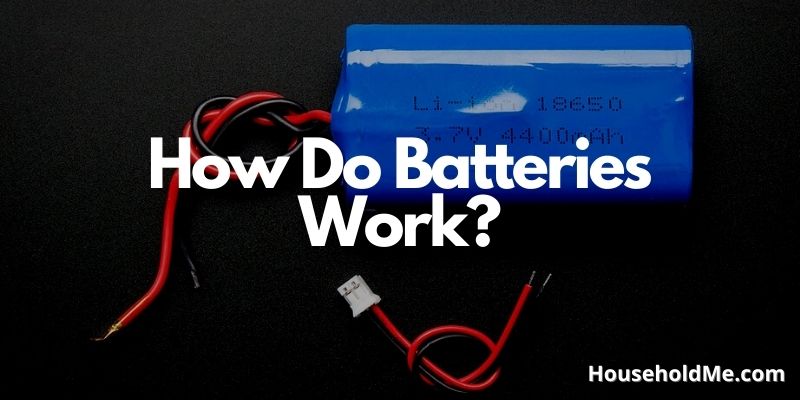
How Do Lithium-Ion Batteries Work?
The inner-workings of a lithium-ion battery rely on the same basic principle as non-rechargeable batteries – There is a cathode, an anode, and an electrolyte. However, the anode and cathode are made of different materials like graphite and lithium-cobalt oxide, respectively.
When a non-rechargeable battery is discharging or using its energy to provide power, the electrons eventually fail to create a current. Once a lithium-ion battery completely discharges, you don’t have to toss it. Instead, you can recharge it. As the battery recharges, the chemical process that supplies energy to an appliance works in reverse. In other words, the anode receives the lithium ions, and the cathode sends them.
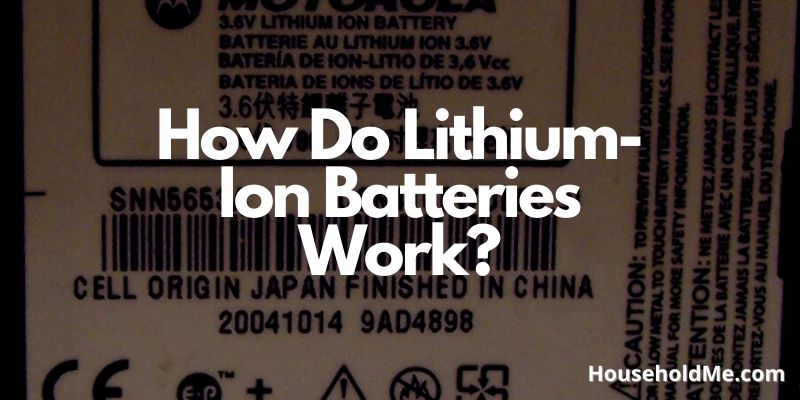
Why Are Nickel-Cadmium and Nickel-Metal Hydride Batteries Falling Out of Favor?
Before there were lithium-ion batteries, manufacturers first used nickel-cadmium batteries. Then, their preference switched to nickel-metal hydride batteries once they became available. Due to the multiple downsides of both nickel-based batteries, scientists were driven to create a better rechargeable battery – the lithium-ion battery.
What Are the Limitations of Nickel-Cadmium Batteries?
One of the major problems with nickel-cadmium batteries revolves around its energy density, which is low. Energy density refers to the amount of energy a battery can give to an appliance or electronic. Due to its low energy density, nickel-cadmium batteries must be recharged frequently as they have a short charge cycle.
Nickel-cadmium batteries have a pesky tendency to self-discharge. When a battery self-discharges, it means that a chemical reaction occurs inside of the battery that leads to a partial depletion. Therefore, the battery has a low capacity or length of time per charge it can produce a current. Nickel-cadmium batteries typically have to be recharged after long periods of non-use.
Finally, there is the issue of toxicity. Cadmium is a toxic heavy metal. Exposure to cadmium may cause certain types of cancers and other serious medical conditions. Since cadmium is toxic and harmful to the environment, it is considered a non-recyclable battery.
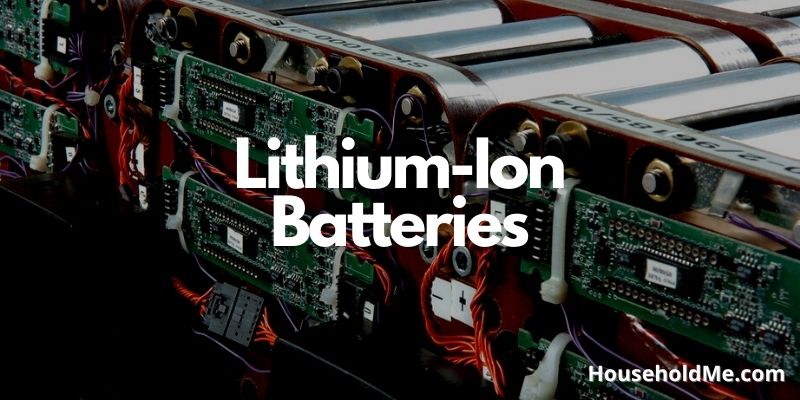
What Are the Limitations of Nickel-Metal Hydride Batteries?
Unlike nickel-cadmium batteries, nickel-metal hydride batteries are environmentally friendly. They also have a much higher capacity than nickel-cadmium batteries, and they cost less than lithium-ion batteries. However, nickel-metal hydride batteries have their fair share of downsides.
Similar to nickel-cadmium batteries, nickel-metal hydride batteries self-discharge in storage. In fact, their self-discharge rate is much faster than that of nickel-cadmium. This means that after a few weeks of non-use, nickel-metal hydride batteries will be completely dead and in need of a full recharge.
They suffer from voltage depletion too. In essence, voltage means the force of a battery’s current. Nickel-metal hydride batteries lose voltage power if they do not completely discharge before they are recharged.
Another charging problem they have is a sensitivity to overcharges, or keeping the battery connected to its charger longer than necessary. This overcharge sensitivity causes the battery to quickly build heat, leading to a shortened lifespan.
What Are the Benefits of Lithium-Ion Batteries?
In comparison to nickel-cadmium and nickel-metal hydride, lithium-ion batteries are more dependable, and they offer many benefits that nickel-based batteries don’t provide. As opposed to nickel-cadmium batteries, lithium-ion batteries aren’t toxic, so they pose no risk to your health or the environment.
Plus, the lithium-ion battery has a better power density than its predecessors. Therefore, a lithium-ion battery can give an appliance a lot of power in relation to the battery’s weight, making them ideal for heavy-duty applications.
Lithium is an extremely reactive substance. Thanks to this characteristic, lithium has a high energy density, meaning it can hold on to more energy than nickel-based batteries. In turn, lithium-ion batteries send a high current to demanding appliances and tools.
As far as charging and depletion go, lithium-ion is the winner once again. When you want to recharge a lithium-ion battery, you don’t need to totally discharge it first. Lithium-ion batteries also keep a charge better than nickel-cadmium and nickel-metal hydride batteries because lithium-ion has a much lower discharge rate.
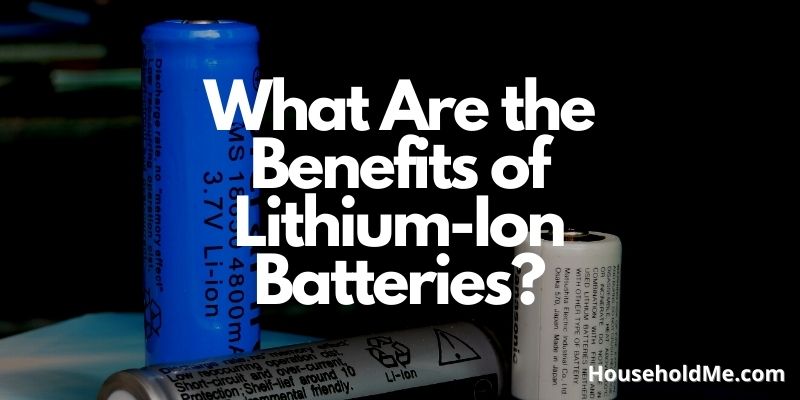
What Is the Lifespan for a Lithium-Ion Battery?
While lithium-ion batteries are superior to other rechargeable batteries, they don’t last forever. Manufacturers measure the lifespan of a lithium-ion battery by determining the number of cycles it can withstand with one cycle being defined as a full discharge and a full recharge.
It’s possible for a lithium-ion battery to last through several thousand cycles before it needs to be replaced. This number of cycles is equivalent to about 2 years or more. The longevity of a specific lithium-ion battery depends on its individual capacity and a few other factors.
How Should a Lithium-Ion Battery Be Stored?
Since they have such a low discharge rate, the battery won’t become damaged in storage even if it remains unused for months. While the discharge rate is low, it isn’t non-existent. Therefore, it’s considered good practice to make sure the battery has at least a partial charge before it’s stored. If the battery will be stored for longer than that, it’s a wise idea to recharge it every few months.
Sources
Pipeline and Hazardous Materials Safety Administration
Federal Aviation Administration
Australian Government Department of the Environment and Energy
If you have any questions or comments, please add them below in the comment section. Similarly, please let us know if you spot any mistakes or omissions. Thanks!
